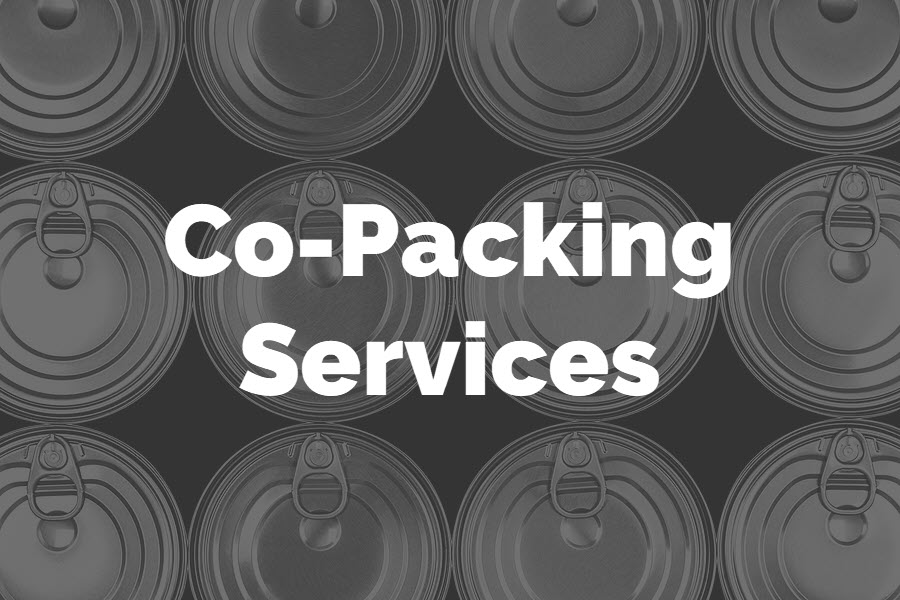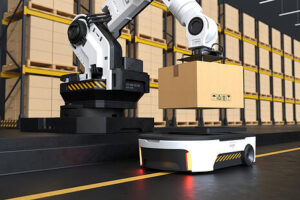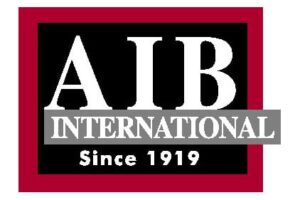Large-volume contract packaging operations can be very labor dependent. With warehouse labor increasingly harder to find, and the cost of that labor increasing, interest in packaging automation is also on the rise. But when it comes to secondary packaging, also known as co-packing services, the urge to automate everything can backfire. Here, the most efficient solution for large CPG companies is a mix of automated and manual processes.
Secondary packaging promotes supply chain efficiency
Consumers’ desire for variety has led to SKU proliferation and challenges for efficiency-minded CPG manufacturers. Rather than constantly changing lines at the factory to produce a wide variety of retail-ready products, they prefer long production runs of the same item number. Providers of co-packing services, like Kane Logistics, give them that freedom.

Food manufacturers, for instance, can ship single-flavor items in bulk to a co-packer to convert into variety packs of different flavors and sizes. For one pet food manufacturer, KANE converts a base number of product types into 50 different configurations.
This strategy supports a highly efficient supply chain process, but it requires a tremendous amount of adaptability in the co-packing operation, with a need to regularly re-engineer lines to turn out different configurations. That degree of flexibility can be difficult in a highly automated environment.
Labor is by far the largest expense for a high-volume co-packing operation, so it makes sense to automate co-packing services whenever possible. But if you automate everything and marketing says “That 24-pack is not selling, we’re moving to a 36-pack,” it could mean additional equipment specifically designed for that new configuration, requiring capital and 12-24 weeks of lead time. In contrast, a semi-automated production line with trained associates can be re-engineered within hours, or even minutes.
Automate tasks that are predictable
The most efficient strategy for many co-packing operations is to combine manual and automated processes to minimize labor costs, while maximizing operational flexibility. Many processes on the line are consistent and predictable, so it makes sense to invest in carton erectors, shrink wrap machines, heat sealers and automatic palletizers to automate these and other tasks that are less variable. By leaving the actual creation of finished packs to people, the operations team becomes an incredibly nimble ally for brands that want to maximize sales by reacting quickly when the market signals a preference for a particular variety pack.
Secondary packaging has become a sophisticated discipline
When it comes to managing the overall secondary packaging operation, software has become quite specialized and sophisticated. There’s no longer a need to spend significant resources building a packaging operation component into a WMS or ERP system to handle large co-packing operations. Specialty software lets you load in bills of material, inventory, units of measure and other data and run the consumption and production processes. At one of our co-pack operations for a confectionery industry customer, KANE uses Nulogy to help us adapt quickly to change orders, maximize line utilization, and gain deeper insights into the operation to drive continuous improvement.
Secondary packaging is no longer just about people breaking down single-product packs to create variety packs. It’s become a highly sophisticated, highly essential discipline for CPG manufacturers.
To learn more about how KANE co-packing services can help you lower costs and speed distribution cycle times, contact us today to start a conversation.
Source: https://www.kanelogistics.com/blog/efficient-co-packing-services
- Additional
- Automated
- Automation
- Bills
- brands
- Building
- capital
- change
- code
- Companies
- component
- consumption
- contract
- Costs
- data
- Environment
- equipment
- factory
- Flexibility
- food
- Freedom
- here
- How
- HTTPS
- HubSpot
- industry
- insights
- interest
- inventory
- IT
- labor
- large
- lead
- LEARN
- Led
- Line
- load
- logistics
- Long
- Machines
- Manufacturer
- Market
- Marketing
- measure
- Operations
- orders
- Other
- People
- Product
- Production
- Products
- Resources
- Run
- sales
- secondary
- sense
- Services
- So
- Software
- speed
- spend
- Strategy
- supply
- supply chain
- Supports
- system
- time
- us
- within








